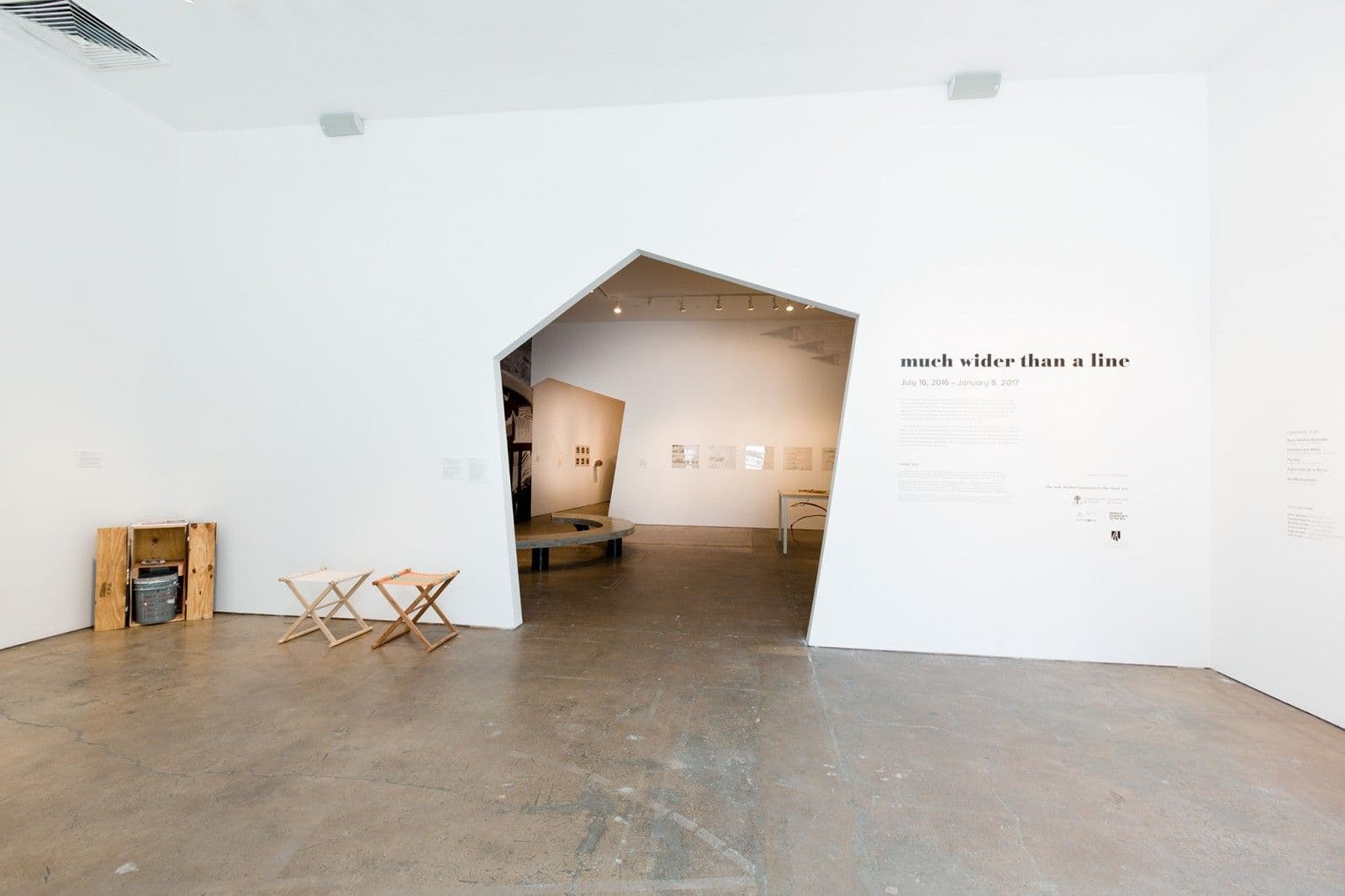Julia Rometti & Victor Costales
Year born:
1975 | 1974
Location:
Nice, France | Minsk, Belarus
French-born Julia Rometti and Víctor Costales, of Belarusian-Ecuadorian ori-gins, have been working together since 2007 on a practice that has taken them to France, Brazil, Ecuador, Morocco, Palestine, and Mexico, where they now live. Taking the form of drawings, rubbings, photographs, slide shows, films, publications, and site-specific installations, their work challenges Western rationalism. To scientific ethno-botanical and geological methodology they bring an animistic, shamanic recognition of invisible forces and alternate forms of knowledge. Their work decolonizes the dominant fields of geography, biology, and politics, opening them up to forms of measuring, mapping, and quantifying that go beyond their capability.
The installations of Rometti Costales include rocks, vegetation, and seeds, in addition to handcrafted and found objects. The duo's research on plants and minerals forms part of a larger investigation into the relationship of nature and culture that is in part informed by the writings of Brazilian anthropologist Eduardo Viveiros de Castro, specifically his concept of perspectivism: "The world is inhabited by different sorts of subjects or persons, human and non-human, which apprehend reality from distinct points of view [and provide] not a plurality of visions of the same and only world but a single vision of different worlds."
The installation Estrategias Suculentas / Succulent Strategies, versions of which were presented in 2014 in a solo exhibition at Kunsthalle Basel and at the Cuenca Biennial in Ecuador, consists of concrete posts and rebar structures leaning against the wall, alternating with upright San Pedro cacti. Each element indicates a different way to demarcate boundaries: the manmade structures refer to modernity, colonial occupation, and the capitalist understanding of land as a place to be exploited; in contrast, the cactus refers not only to Amerindian ways of marking borders, but denotes access to other kinds of territory. The psychoactive San Pedro cactus has, historically, been consumed by Amerindian groups in entheogenic rituals for the visions and higher forms of perception and consciousness it produces. Although Succulent Strategies concerns at one level the ability of succulents to survive in the desert landscape, its meaning extends to the persistence of Indigenous rituals and forms of knowledge that provide alternate, multiperspectival understandings of the world.
- Pablo León de la Barra
